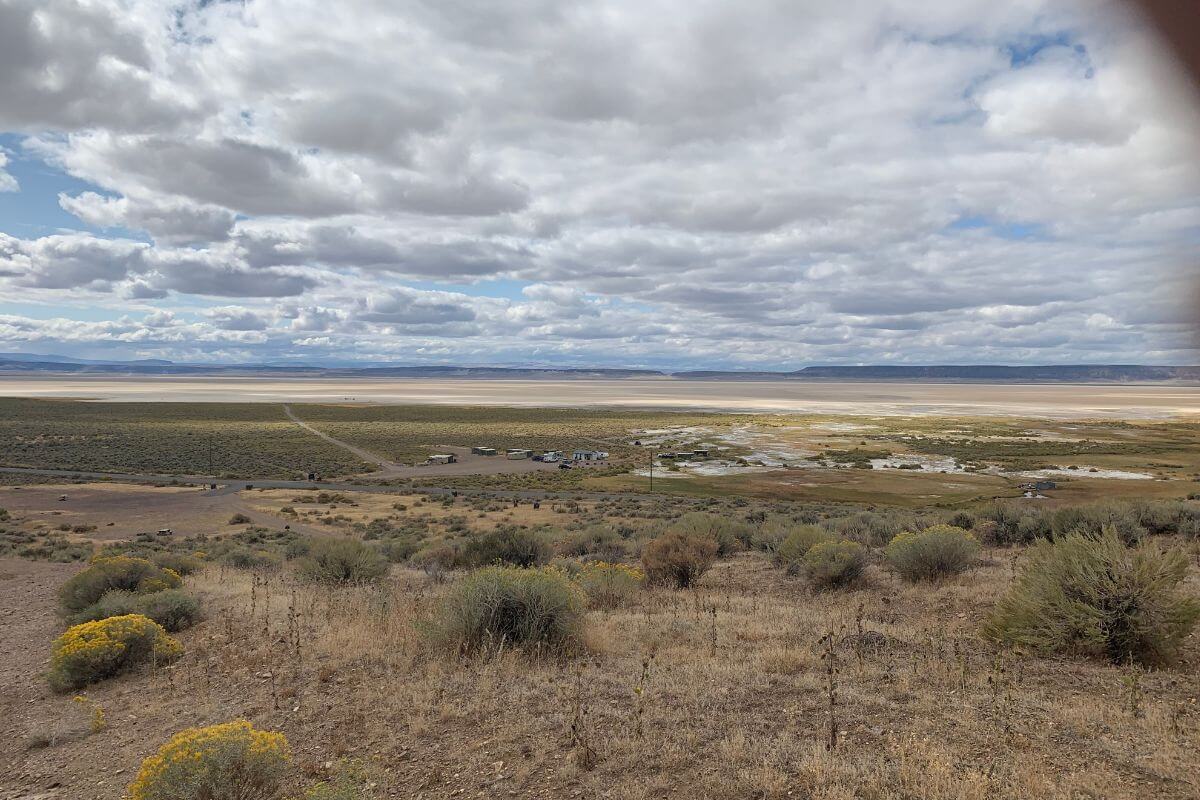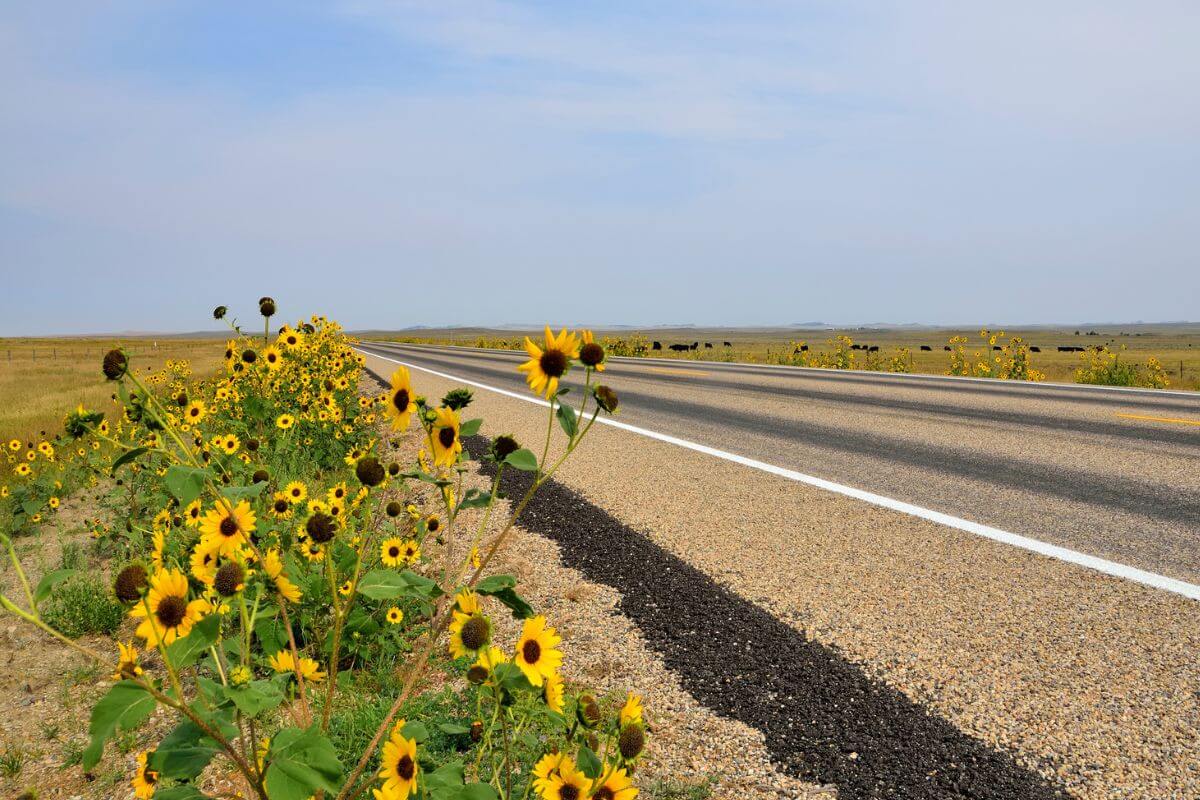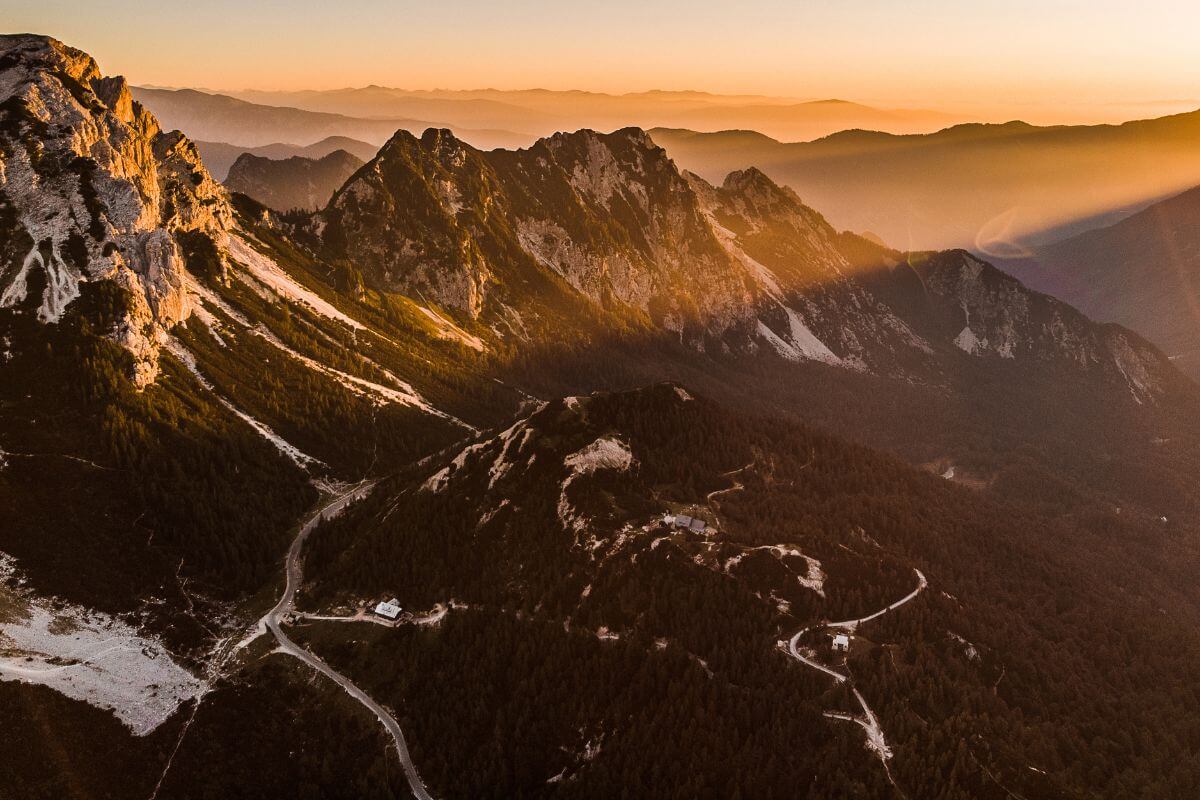Are you someone who craves adventure and is always on the lookout for new travel experiences? If so, you’re in luck. Today, I want to take you on a journey to Big Sky Country’s extraordinary terrain.
Is Montana high desert? In this article, you’ll learn why the state’s landscape is so unique and unlike anything else you’ve ever seen before.
If you’re curious to explore the wonders of our world, whether you’re an experienced explorer or new to traveling, I can guarantee that you’ll discover something new and fascinating.
- Related article: Montana’s Location
I hope to inspire you to pack your bags and discover the hidden gems that this region has to offer. So sit tight, and let’s dive into the majestic beauty of Montana!
Understanding High Deserts

High desert regions are characterized by their high elevation and arid or semi-arid climate.
This means you can expect landscapes that are high above sea level, from the Mojave to the Basin-and-Range.
Arid climates can be subdivided into four basic types:
- Tropical Arid – Tropical arid with average temperatures (day and night, all 12 months) hotter than 18° C (~64° F), such as the Sahara.
- Mid-latitude Arid – Mid-latitude arid with average temperatures less than 18° C, such as the Gobi.
- Tropical Semi-arid – Tropical semi-arid with average temperatures hotter than 18° C but with more precipitation, such as the Sahel in Africa just south of the Sahara.
- Mid-latitude Semi-arid – Mid-latitude semi-arid with average temperatures less than 18° C and more precipitation, such as the Great Plains.
The high desert is different from the desert. The latter is a dry region with little rainfall, hot days, and cold nights. Desert plants are sparse, consisting of hardy vegetation and adapted wildlife.
The former is a higher elevation with cooler temperatures than its lowland counterpart. It has similar arid conditions but a milder overall climate.
Ecologically deserts are empty and devoid of life, the higher counterpart regions have unique flora and fauna that are adapted to the aridity and elevation of the area.
High deserts fall under mid-latitude and are generally at higher elevations, which makes them cooler and more varied than their lowland counterparts.
The variations in temperature and aridity create a unique environment for plant and animal life, making them some of the richest ecosystems on the planet.
Is Montana a High Desert?

While many associate Montana with the Rocky Mountains and the Great Plains, it has no specific high desert regions like the Mojave or the Great Basin.
That being said, Montana does have areas that exhibit semi-arid or dry conditions in the eastern part of the state. However, these regions do not meet the criteria for the designation.
The eastern plains receive higher levels of precipitation compared to dry desert regions and support a different range of vegetation and wildlife.
Despite the looser use of the term “high desert” to describe certain arid areas in Montana, there is no defined said area in the state.
When it comes to recognized geographical designations, Montana’s significant features include the Boulder Batholith and Block Mountain, with the Boulder Batholith elevation ranging from 5,000 to 9,000 feet.
- Learn more about Montana’s Elevation Level
While Montana may not have high deserts, it offers stunning landscapes and unique geographical features that make it a must-visit destination for those who love the outdoors.
Montana High Desert Final Thoughts

It’s important to note that while the terminology and definitions may vary, there is no defined high desert area in the state.
It’s common to use the term ‘high desert’ more loosely to describe certain arid or semi-arid regions in eastern Montana.
According to recognized geographical designations, Montana does not meet the criteria for a high desert.
Despite this, Montana’s eastern plains do exhibit semi-arid or dry conditions, with a different range of vegetation and wildlife compared to true desert regions.
Montana still offers unique landscapes that are worth exploring.
With the Rocky Mountains and Yellowstone National Park nearby, there’s no shortage of breathtaking views and outdoor adventures to do.
Is Montana a High Desert FAQs
1. Does Montana Have a High Desert?
Montana has regions with low precipitation and extreme temperatures but not a defined high desert area.
The eastern parts of Montana exhibit near-desert environments with scrub vegetation instead of the grassy landscapes typical of other regions of the state, making it less conducive to plant life.
2. Is Montana Mountainous or Flat?
Montana’s topography displays wide variations, featuring mountainous regions in the west and flatter areas in the eastern and central regions.
The state is home to the Rocky Mountains, including Granite Peak, but also boasts expansive plains and plateaus.
While some areas of Montana are highly arid regions and elevated, others present a relatively flat terrain, making it a diverse destination for outdoor enthusiasts and travelers alike.
3. What Is the Terrain of Montana?
Montana’s diverse landscape encompasses high mountain deserts, forests, prairies, rivers, and elevations ranging from the lowest point of 1,800 feet to the highest peak of 12,799 feet.
The state comprises various geological features like rock formations such as Boulder Batholith and Block Mountain and offers wildlife conservation management and recreation opportunities in different regions.
4. What Is the Climate in Montana?
During the winter, cold waves cover parts of Montana about 6 to 12 times each winter, mainly in the sections northeast of the Glacier Park — Miles City line.
In the summer, hot weather occurs fairly often in the eastern parts of the state.
Severe storms of several types can occur, with hailstorms being the most troublesome ones that mainly happen in July and August, and infrequently in June and September.
5. Which Is the Highest Desert in the U.S.?
The highest arid region in the United States is the Great Basin, which has an elevation of 4,000 feet and above. It is primarily located in Nevada but also extends into parts of Utah, Idaho, and Oregon.
If you’re interested in diving deeper into Montana, stay involved with these articles:
- Montana’s Landlocked Position
- Midwest Boundaries and Montana
- Montana’s Territory Features
- Montana’s Geographical Biome
- https://home.csulb.edu/~rodrigue/geog330/lectures/deserts.html
- https://commons.und.edu/cgi/viewcontent.cgi?article=1188&context=theses
- https://serc.carleton.edu/research_education/mt_geoheritage/sites/augusta_choteau/surficiallandsc.html
- http://landau.faculty.unlv.edu//northamericandeserts.htm
- https://wrcc.dri.edu/Climate/narrative_mt.php
- https://www.usgs.gov/educational-resources/highest-and-lowest-elevations

